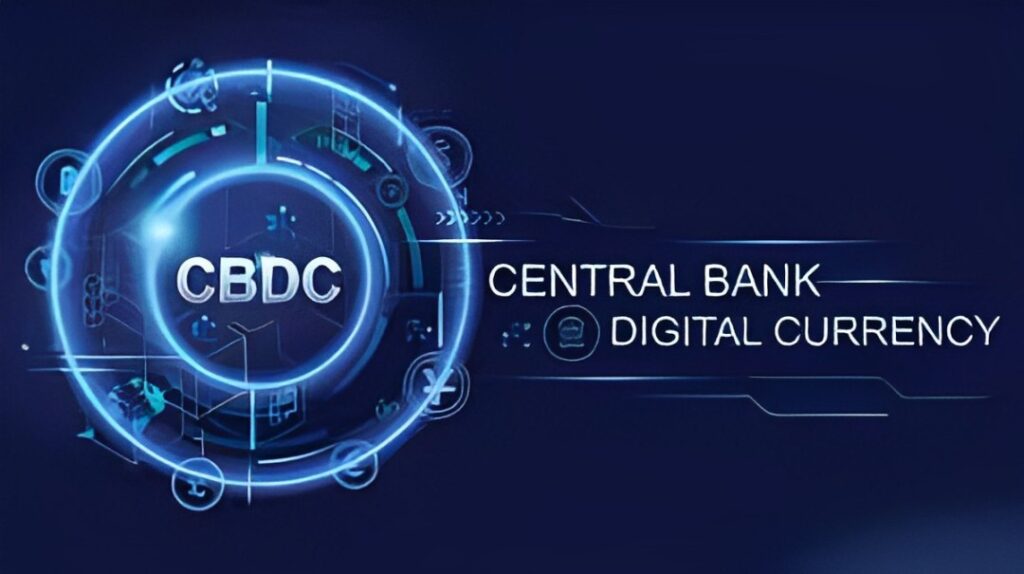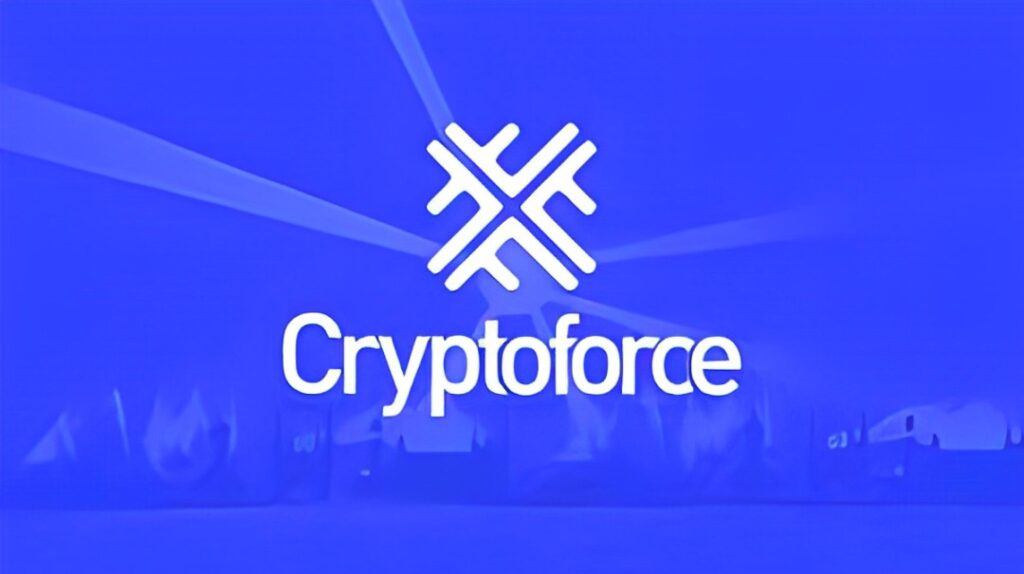Web3 refers to the next generation of the internet, built on decentralized blockchain technology. While Web3 offers many benefits, including increased transparency and decentralization, it presents new security challenges.
In this article, we will understand the need for security in Web3. But before that, it is imperative to understand the types of security risks.
Types of Security Risks in Web3
There are several challenges that Web3 faces, which are as follows:
- Smart contract vulnerabilities: Smart contracts are self-executing programs that run on the blockchain and automate the execution of contracts between parties. If a smart contract is poorly written or contains a vulnerability, hackers could exploit it to steal funds or disrupt the network.
- Phishing attacks: Since Web3 transactions often involve sending cryptocurrency, attackers may trick users into revealing their private keys or seed phrases, allowing the attacker to steal their funds. This type of attack is known as phishing.
- Centralization risks: Although Web3 is designed to be decentralized, there are still some risks associated with centralization. For example, if a small group of nodes controls most of the network’s computing power, they could potentially manipulate the blockchain and undermine its security.
- Governance challenges: Decentralized blockchain networks are governed by their communities, which means that decisions are made through consensus among stakeholders. However, this can lead to governance challenges, such as conflicts of interest or power struggles.
- Regulatory uncertainties: Since Web3 is a relatively new technology, there is still a lack of regulatory clarity around its use. It can create regulatory risks for users and developers who may be unsure about the legal implications of their actions.
- Interoperability challenges: Since many different blockchain networks and protocols are in use, interoperability challenges can create security risks. For example, suppose a smart contract on one network interacts with a smart contract on another network. In that case, security vulnerabilities may arise from the interaction.
The year 2022 saw some of the most ill-famous attacks on Web3 security. Let us see some of the examples:
- Axie Infinity Ronin Bridge: The number of funds stolen in the attack was $62,40,00,000.
- BNB Bridge: The hackers stole $566 million worth of crypto from Binance Bridge.
- Nomad Bridge: The cross-chain token bridge Nomad was hacked with attackers draining nearly all of the protocol’s funds. The total value of cryptocurrency lost was close to $200 million.
The list doesn’t end there. However, these attacks highlight the importance of security in Web3 applications and the need for constant vigilance and improvement of security measures.
Why is there a need for security in Web3?
Web3 is built on blockchain technology, which uses a distributed ledger to record and verifies transactions. While this technology provides several benefits, such as decentralization, transparency, and immutability, it also introduces unique security challenges.
The decentralized nature of Web3 means that no central authority controls the network, making it difficult to recover lost or stolen assets. Additionally, transactions on Web3 are irreversible, meaning that once a transaction is completed, it cannot be reversed or undone. It can result in significant losses if an attacker accesses a user’s account or smart contract.
Moreover, Web3 applications often handle valuable assets such as cryptocurrencies, digital assets, and sensitive information, making them an attractive target for attackers. Hackers can exploit vulnerabilities in smart contracts, wallets, and other Web3 applications to steal funds, manipulate transactions, or gain unauthorized access to user accounts.
Web3 applications must implement robust security measures, such as encryption, multi-factor authentication, secure key management, and smart contract auditing, to mitigate these risks. By doing so, they can ensure the safety and integrity of the network and protect users’ assets from potential attacks.
Role of Security Audits in Mitigating the Risk
Security audits play a crucial role in avoiding security risks in Web3 by identifying vulnerabilities and security issues in smart contracts, wallets, and other Web3 applications. Audits can help ensure that Web3 applications are secure and that funds and assets are well-protected from potential attacks.
A thorough security audit can help identify potential security risks and weaknesses, such as poorly written smart contracts, unsecured servers, and weak encryption algorithms.
Security audits can also help identify compliance issues with regulatory requirements, such as know-your-customer (KYC) and anti-money laundering (AML) laws.
By identifying these risks and issues, a security audit can provide a roadmap for Web3 developers to address vulnerabilities and improve the security of their applications. It can help avoid potential losses due to hacking, fraud, and other security breaches and increase user confidence in the application.
Smart contract auditors like Quillaudits provide services like audit services, due diligence, and enhanced security to give a seamless Web3 experience.
Concluding Thoughts
As we continue to move towards a decentralized future with Web3 technology, security will play a crucial role in protecting the integrity of the network and ensuring the trust of its users.
With the advent of smart contracts, digital assets, and decentralized applications, new security challenges must be addressed to safeguard against potential risks and attacks.
By implementing strong security measures such as secure key management, multi-factor authentication, smart contract auditing, and encryption, developers can ensure the safety and integrity of Web3 applications.
Regular security audits can also help identify potential vulnerabilities and compliance issues, reducing the risk of loss or reputational damage.
By prioritizing security, we can continue to build a decentralized future that is safe, secure, and trusted by all its stakeholders.
For more such informative content, follow us on: https://contentonweb.com/
Disclaimer: Please note that the information provided in this article is for informational purposes only and should not be construed as investment advice. Investing in financial markets involves risk, and individuals should carefully consider their own financial situation and consult with a professional advisor before making any investment decisions. The author and the publisher of this article do not accept any liability for any loss or damage caused by reliance on the information provided herein.
Recent Comments

When the world order responds to cryptocurrency: CBDC

India’s CBDC Project: A New Direction Towards Digital Currency

How to Earn Passive Income Using a Staking Pool?

The Complete Guide to Cryptoforce Ambassador Program

When the world order responds to cryptocurrency: CBDC

India’s CBDC Project: A New Direction Towards Digital Currency

How to Earn Passive Income Using a Staking Pool?

